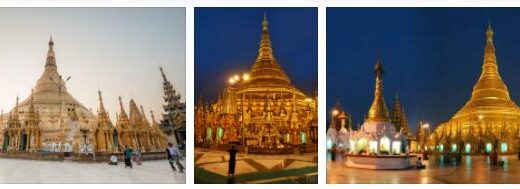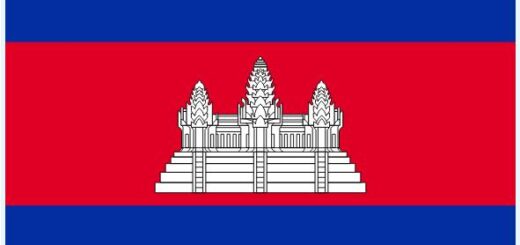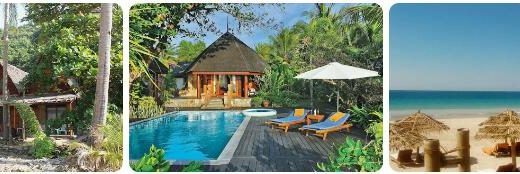Myanmar Society, Economy and Security
Population, society and rights
The Burmese population is very heterogeneous: alongside a strong Buddhist majority there is a plurality of ethnic groups that periodically re-emerge to claim greater rights. However, the actual counting of the population belonging to each minority is not carried out, for practical reasons due to the difficulty of measurement in areas where fighting is taking place, but also for reasons of political convenience. Nevertheless, it is possible to rely on some estimates that place the Burmese majority ethnicity at 68%, the Shan group at 9%, the Karen population at 7%.
The data on the socio-economic environment are also uncertain: literacy, officially declared at 92.6%, is probably overestimated, given that funds dedicated to education are still scarce and child labor is a widespread phenomenon. In addition, in the nineties, the junta closed many universities to avoid the strengthening of dissent and, despite the reopening recorded at the beginning of the twenty-first century, the university system remains heavily backward. There is still a long way to go on corruption as well. However, the direction seems to be the right one, as shown by the results of Transparency International’s perceived corruption index: from the penultimate place four years earlier, the country recorded a performance in 2014better than nineteen other states. Another critical issue is the flow of refugees to neighboring countries, in particular from the Rohingya Muslim minority fleeing the harassment of the Buddhist majority. Finally, there is a positive sign regarding press freedom: in the spring of 2013 the preventive censorship office was abolished, private newspapers were liberalized and the policy of granting visas to foreign journalists was improved. who can now move around without restrictions.
Economy and energy
Myanmar is currently experiencing a phase of strong expansion, with a GDP growth rate of 8.5% for 2015. However, an economy still strongly linked to the agricultural sector and the lack of development of human capital, together with the inadequacy of infrastructure and weak domestic demand, caused by the low GDP per capita, are structural weaknesses still far from being overcome. If the reforms are implemented, however, the Myanmar economy is destined to undergo profound and rapid transformations in the short to medium term: by 2030 the GDPcould quadruple, consumers go from 2 to 19 million, foreign investment increase. As for trade, China and Thailand are the country’s main partners. As regards investments, however, since the beginning of the transition Beijing has invested heavily in the energy sector, especially hydroelectricity. The country enjoys stable energy independence, guaranteed by the huge oil and natural gas reserves, which allow it to export surpluses. The internal energy consumption is instead based for 70% on the use of biomass, since Myanmar has a forest area of about 350,000 km², or more than half of the total area of the country.
Defense and security
The defense sector in Myanmar benefits from massive state investment, both in economic terms and in human resources. The primary objective of the armed forces is to maintain internal security, jeopardized by clashes with ethnic minorities. Despite negotiations and interim ceasefire agreements, uncertainties remain.
The issue of minorities is also crucial as regards relations with China. The offensive launched by the Burmese army in 2009 against the Kokang rebels, of Chinese ethnicity and militarily organized in the Army of the Democratic Alliance of Myanmar (Mndaa), has raised tensions with Beijing, which has seen dozens flock to its territory thousands of refugees fleeing. At the beginning of 2013, the tensions with the Kachin communities on the border with the Chinese province of Yunnan required emergency measures from Beijing on a diplomatic and military level.
Naypyidaw: the mirror of old Myanmar?
In November 2005, without warning, the military junta decided to move the capital to Pyinmana, in the center of the country, 320 kilometers north of Rangoon. Pyinmana was later renamed Naypyidaw, which in Burmese means ‘city of the king’. Although the headquarters of the armed forces had already been moved there in 2002, most of the international analysts, as well as the diplomats stationed in Rangoon and the local government officials themselves, had not foreseen such a drastic and sudden decision. Today the new capital hosts all the government offices and is going through a phase of exceptional demographic and urban expansion, favored by the huge amount of funding coming not only from the government, but also from China. which, for example, has allocated the one hundred million dollars planned for the construction of a new airport. The main reasons that would have pushed the regime to the decision to transfer the capital seem to have been essentially three: the first, of a strategic nature, consists in the greater security of Naypyidaw compared to Rangoon, which can be attacked more easily by sea; the second concerns the objective of increasing control over the peripheral areas, where the various rebel ethnic groups operate; the third and final reason can be traced back to the possibility of isolating government officials from the anti-regime circles traditionally present in Rangoon. the first, of a strategic nature, consists in the greater security of Naypyidaw compared to Rangoon, which can be attacked more easily by sea; the second concerns the objective of increasing control over the peripheral areas, where the various rebel ethnic groups operate; the third and final reason can be traced back to the possibility of isolating government officials from the anti-regime circles traditionally present in Rangoon. the first, of a strategic nature, consists in the greater security of Naypyidaw compared to Rangoon, which can be attacked more easily by sea; the second concerns the objective of increasing control over the peripheral areas, where the various rebel ethnic groups operate; the third and final reason can be traced back to the possibility of isolating government officials from the anti-regime circles traditionally present in Rangoon.



